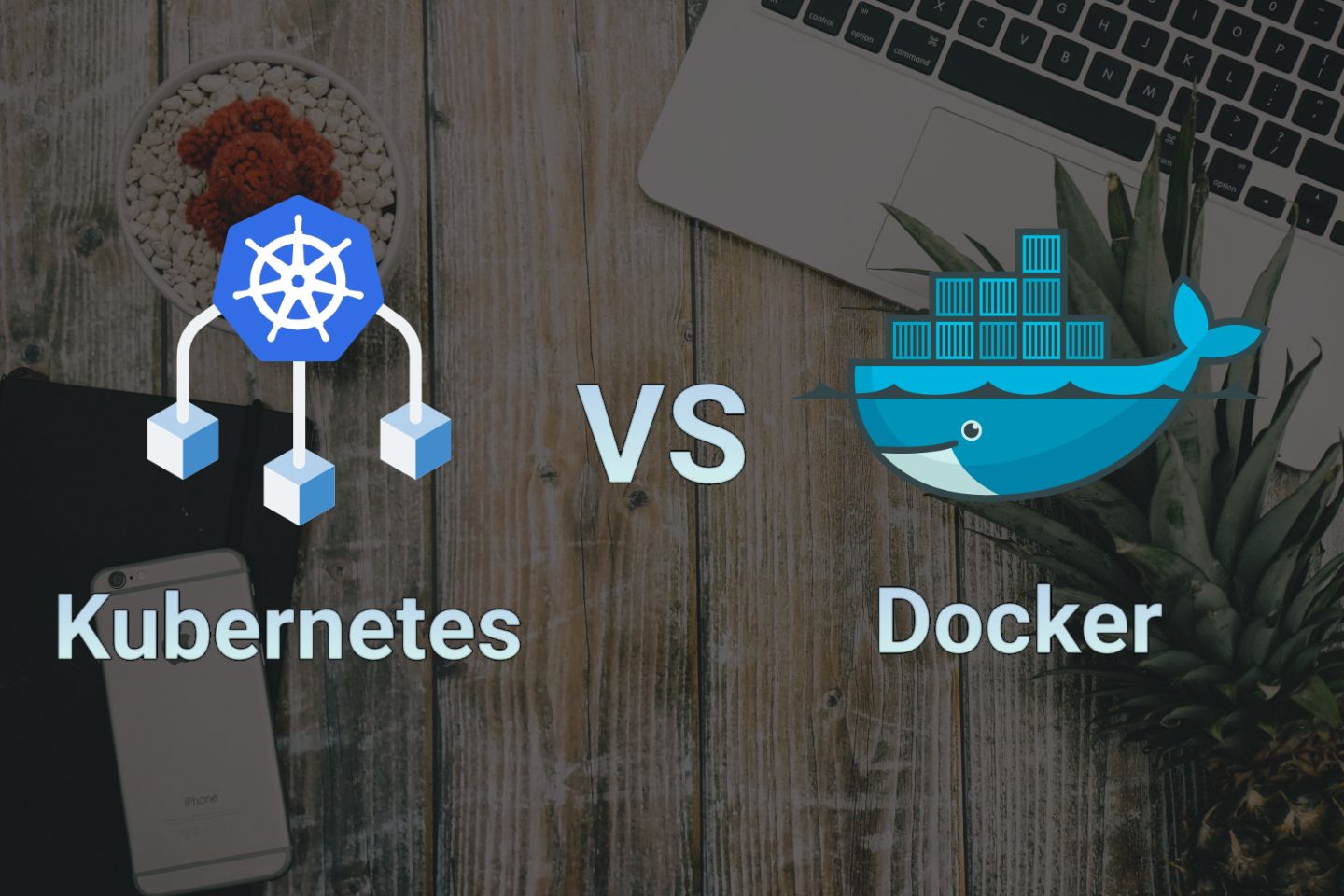
This eventually lets you create your own corporate repository or contribute to the official stable one.
#KUBERNETES DOCKER FOR MAC STABLE LICENSE#

c hart.yaml- a YAML file containing information about the chart.Helm packages are called charts, and they consist of a few YAML configuration files and templates that are rendered into Kubernetes manifest files. Templates allow you to configure your deployments by changing few variable values without changing the template directly. Lua scripts to process configuration as an object.Golang templates which allows you to work with configuration as text.
#KUBERNETES DOCKER FOR MAC STABLE INSTALL#
Helm can install software and dependencies, upgrade software, configure software deployments, fetch packages from repositories, alongside managing repositories.

Searches on Helm Hub for PostgreSQL from dozens of different repositories In this article, we will explore Helm 3.x which is the newest version at the time of writing this article.

It was inspired by Homebrew for macOS and now is a part of the Cloud Native Computing Foundation. Helm is an open-source package manager for Kubernetes that allows developers and operators to package, configure, and deploy applications and services onto Kubernetes clusters easily. Luckily, we have Helm as a package manager. In other words, we need an extended version of a package manager like APT for Ubuntu or PIP for Python to work with the Kubernetes cluster. It’s not a problem for a single trivial app, but during production, it’s best to simplify this process: search, use, and share already implemented configurations, deploy these configurations, create configuration templates, and deploy them without effort.

Yet, each must be described in the YAML manifest file. Specific apps can help you manage multiple independent resources like pods, services, deployments, and replica sets. Kubernetes is a powerful orchestration system, however, it can be really hard to configure its deployment process.


 0 kommentar(er)
0 kommentar(er)
